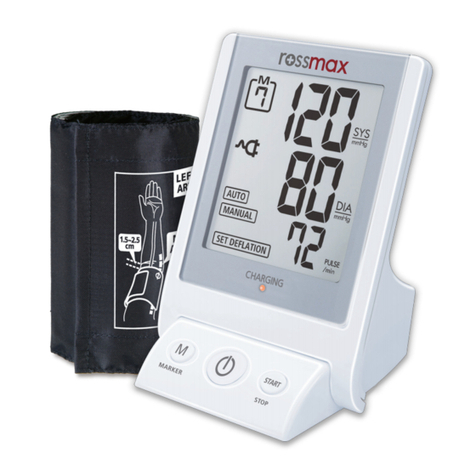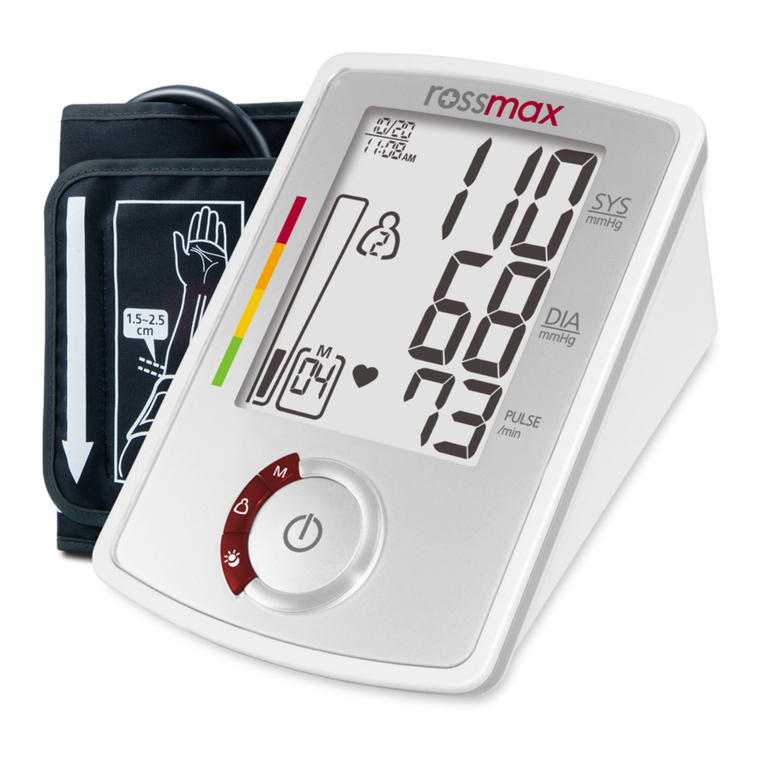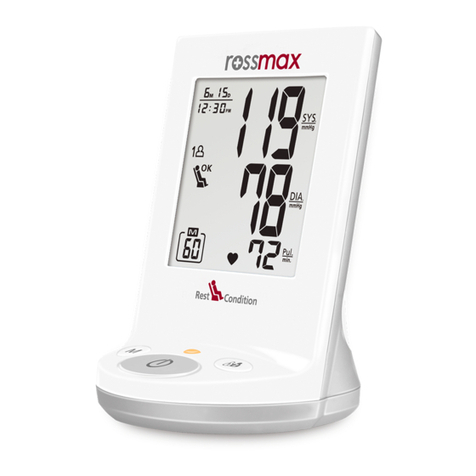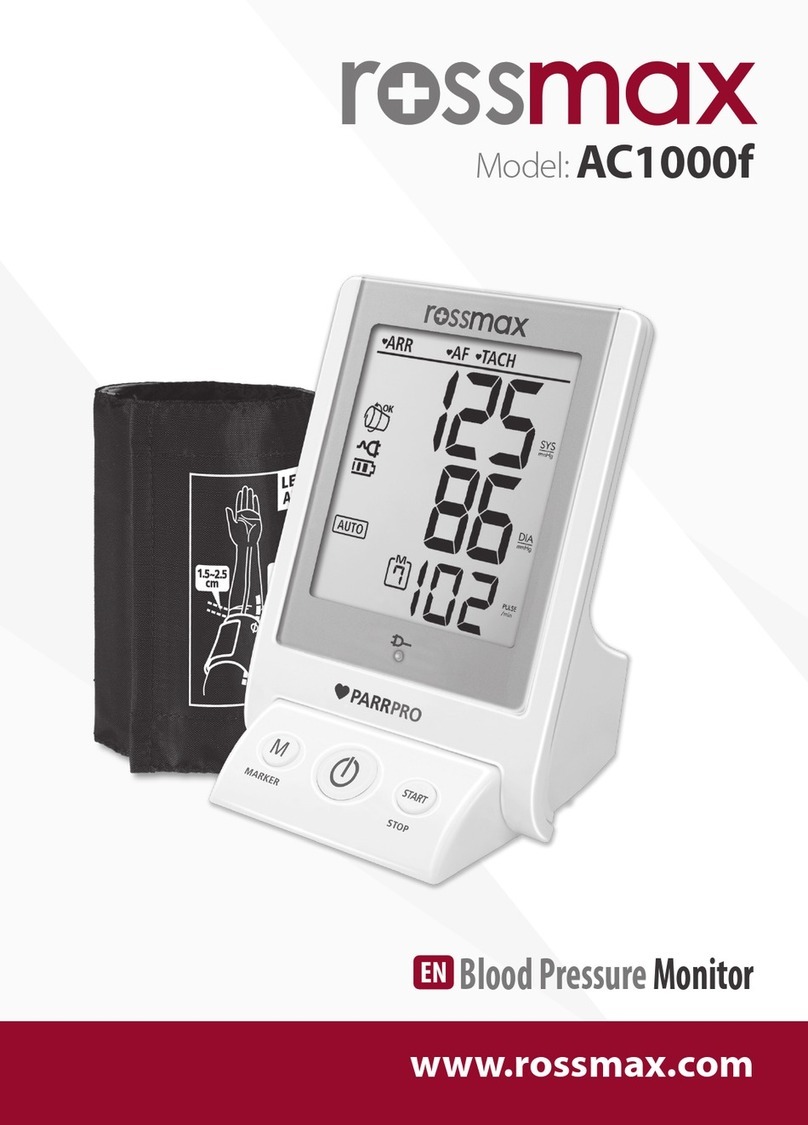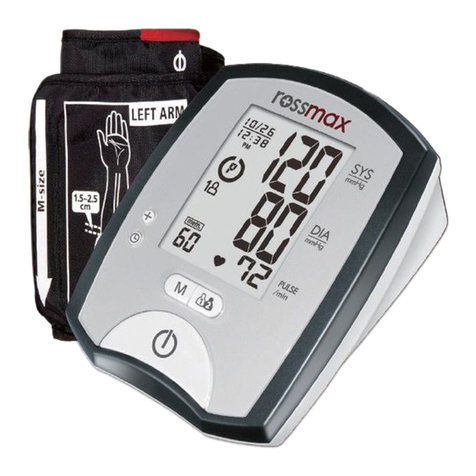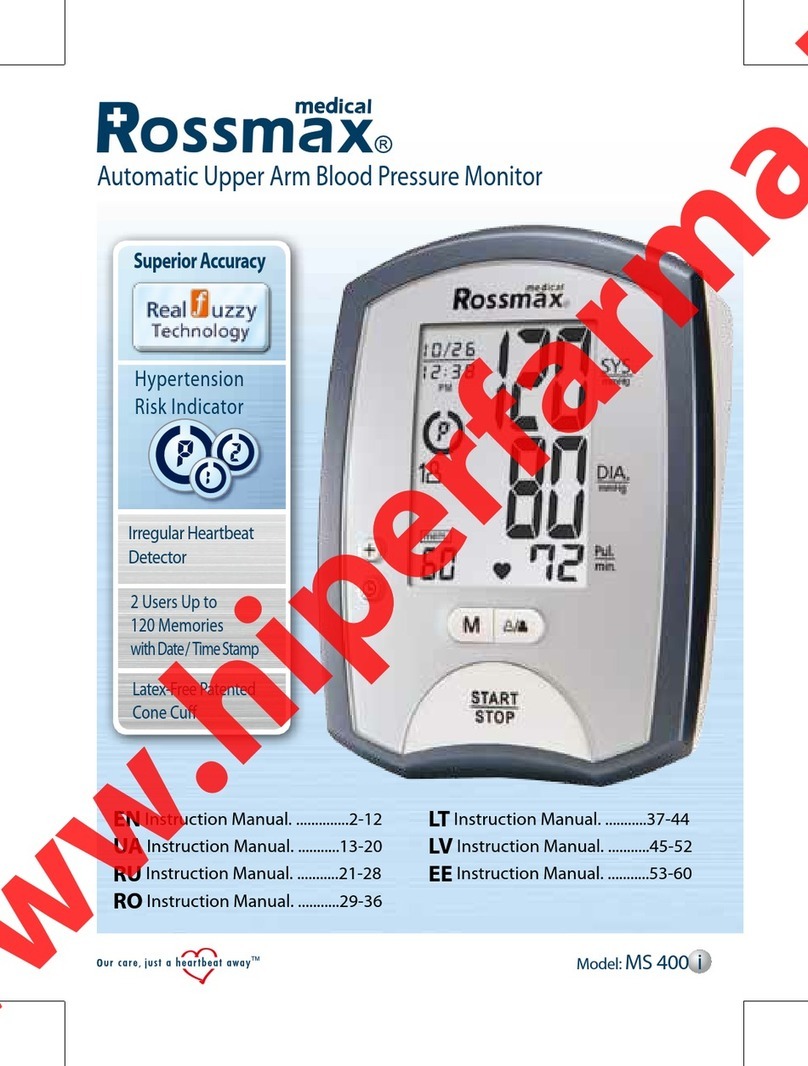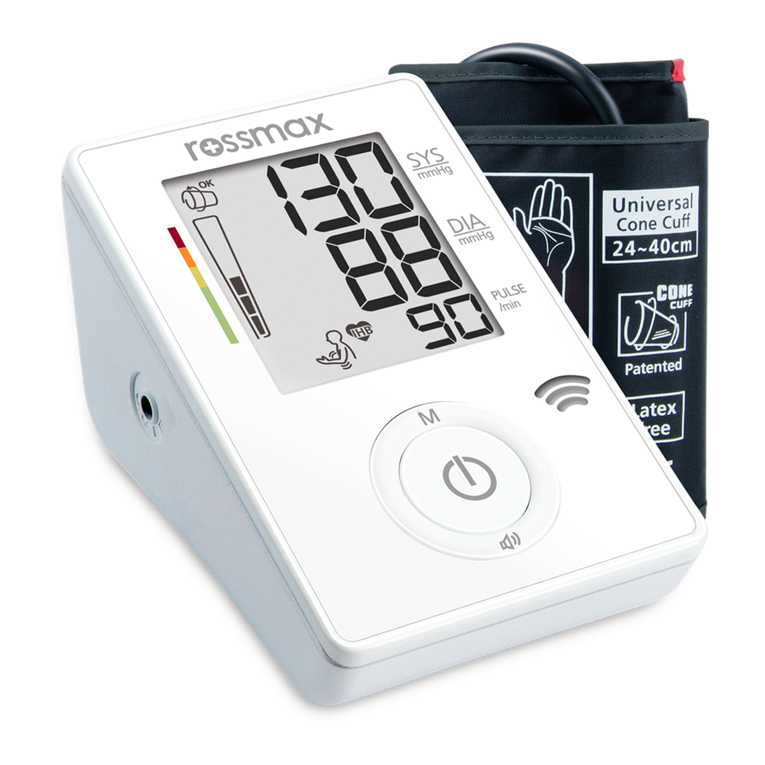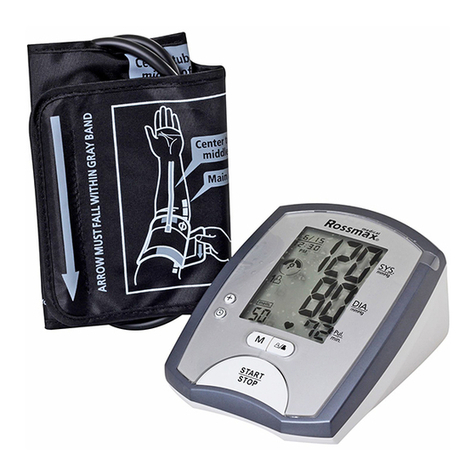
3
Extra abnormal heartbeats generated in irregular excitation sites of your heart, either in
the atria (PAC), the ventricle (PVC) or the cardiac conduction nodes (PNC). These extra
beats may disrupt your regular rhythm, they may come in early or cause a signicant
pauses regarding your perceivable pulse. This is called palpitations, which can be felt in
your chest. They may occur as isolated, single events, as a series of irregular pulses or can
be distributed all over your pulse beats. If they are not related to mental stress, or acute
demanding physical load, they may be a marker for a multitude of cardiac disorders.
Some of these disorders go along with an elevated risk prole for ischemic events, either
in the heart (e,g, coronary heart disease) or outside the heart, e.g. an elevated risk for a
stroke. Some PCs may indicate on valvular or myocardial disorders and become very
important if a myocarditis (infection of the heart muscle) is suspected. This unit is able to
detect premature contractions. The ARR and PC icons ( ) are displayed right after
the measurement if premature contractions have been detected.
Note: It is strongly recommended, that you consult your physician, if either the PC icon
occurs newly for several times, or, if your PC is known to your doctor, but the inci-
dence of PC readings changes over time. Your doctor will then be able to provide
all required medical test and possible therapeutic procedures.
This condition is associated with a higher risk for the formation of cardiac blood clots.
Amongst others, they may elevate the risk of brain strokes. Beside this atrial brillation
may contribute to the severity of a chronic or acute heart failure condition and may be
associated with other heart-related complications. Age dependent, about 10 %- 20 %
percent of patients who suer from an ischemic stroke also suer from atrial brillation.
Atrial brillation most often initially occurs with temporary periods of arrhythmia and
may progress to a permanent state of this disorder in the course of time. No matter,
whether you intent to safeguard yourself from an undetected AFib state, or you meas-
ure during an ongoing period of active atrial brillation, or you measure in between pe-
riods of AFib, the PARR technology can be applied at any of these conditions. This unit
is able to detect Atrial brillation (AFib). The ARR and AFib icons ( ) are displayed
right after the measurement if Atrial Fibrillation was detected.
Note: It is strongly recommended, that you consult your physician, if either the AFib icon
occurs newly for several times, or, if your AFib is known to your doctor, but the
incidence of AFib readings changes over time. Your doctor will then be able to
provide all required medical test and possible therapeutic procedures.
Note: The presence of a cardiac pacemaker may impair the AFib detection by PARR.
Premature Contraction Detection (PC)
